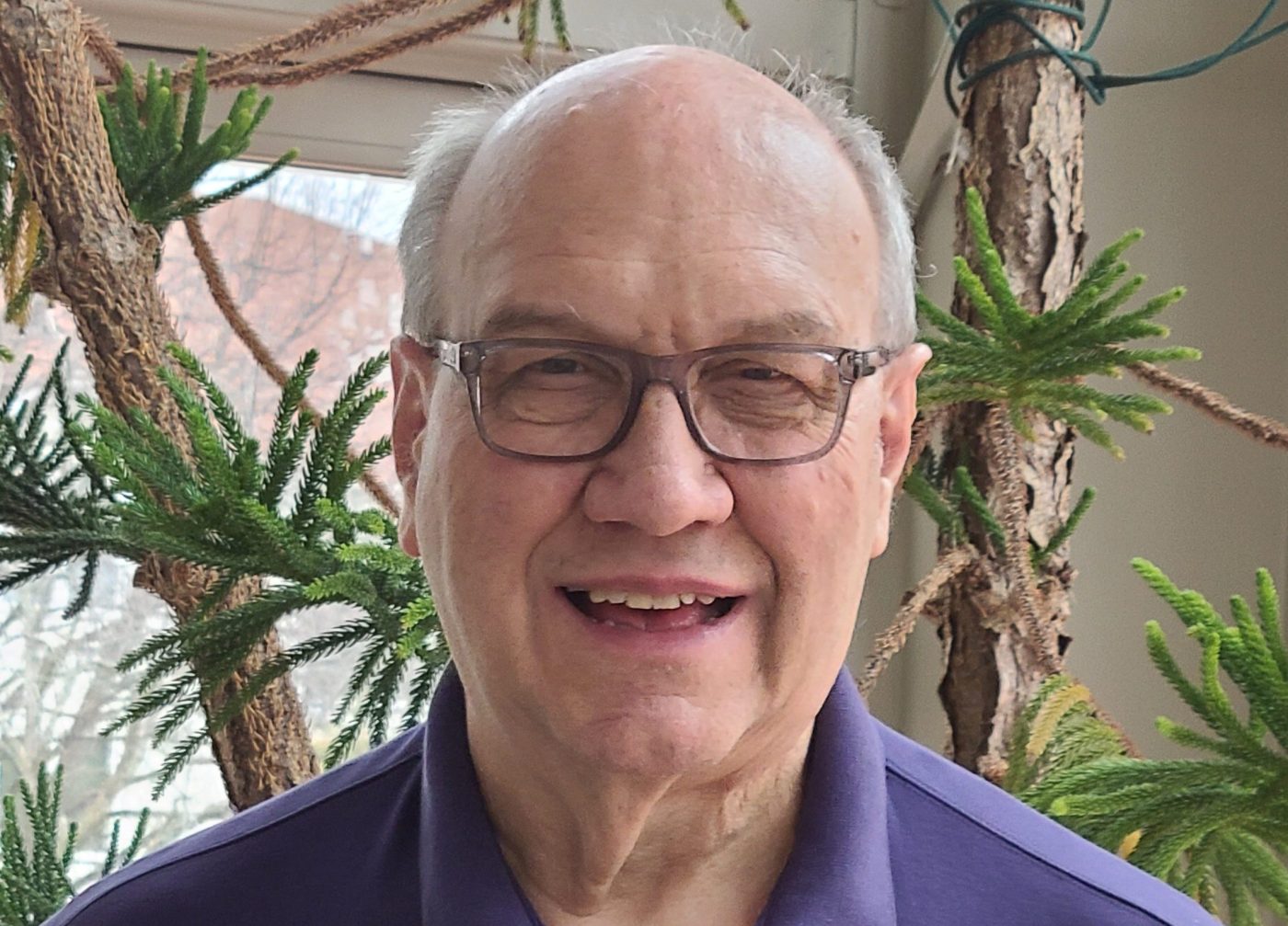
Real World Economics: The nuances of NIMBY nuisances
Edward Lotterman
The Fifth Amendment to our constitution is vital in several respects. We all know of its guarantee of a right against self-incrimination. But its final clause, “nor shall private property be taken for public use, without just compensation” is equally important.
Unfortunately, making that constitutional right operational on a day-to-day basis inevitably raises knotty problems that never can be fully resolved. That is evident in the current public hubbub in my neighborhood about Ramsey County’s decision to move a 64-bed “Safe Space Shelter” nearby.
Hardly anyone would disagree with the validity and importance of the guarantee against uncompensated takings of private property; and most people would probably agree there is a societal need to care of homeless people, to some extent.
But to the first part, there are huge controversies over what, exactly, constitutes a “taking,” and what levels and forms of “compensation” really are “just.” Practical governing requires relatively simple and straightforward rules, but applying simple rules to complex situations inevitably results in someone being harmed — or unjustly benefiting.
Some takings are relatively straightforward. If MNDOT determines a new interchange is needed on Highway 60 at Madelia, in southern Minnesota, the necessary real estate for ramps is acquired. Landowners are compensated. Rules for determining compensation in bread-and-butter situations like this are long established by legislation and court decisions. There may be hard feelings, and even lawsuits, but the procedure is straightforward and the interchange will get built.
Things get more complicated when property rights are imperfectly defined. For centuries, some pouring of noxious substances, as waste from tanneries, into streams was prohibited but runoff from common farm or business activities was not. Does the fact that these streams flow through private property constitute a “taking?” If so, by whom? And what of the property rights of the ones doing the pouring?
Consider also that over time, technology changes. In 1950, animal manure was the worst farm pollutant. By 2000, synthetic fertilizers and chemical pesticides posed far greater risks. Allowing these to be used, and dumped, harmed others who also had rights to water resources. Government had not only the right but the responsibility to protect a public resource. But farmers saw the regulation as the taking of a historically established right and they were offered no compensation. Other environmental and natural resource policy is replete with such disputes.
Problems continuously plague how government actions adversely affect a few while also helping many.
The interstate highway system is vital to our economy and facilitates people traveling as their needs and wants may indicate. When the U.S. built I-90 across southern Minnesota, farmers were paid for actual land taken. But hundreds of township roads were closed off, thousands of farmers who owned land on both sides now had to drive five or 10 miles over an overpass to reach some fields instead of a mile or less. This made them worse off, but extra time and fuel were not “takings” that merited compensation.
Consider also the ongoing pain caused by the construction of I-94 through St. Paul. Elusive “just” compensation is still being sought for the once economically vibrant predominantly Black Rondo neighborhood that it destroyed. Adequate reparations in this situation might never be reached, and the racial component might never be healed. Yet thousands drive the interstate everyday, giving scant thought to the people who once lived there.
With “takings” there also are “givings.” Consider that bypassing Highway 60 around Mountain Lake hurt main street gas stations and cafes, but suddenly boosted the value of land where new fuel and convenience stores could go up. The losing property owners were not compensated while those benefiting paid nothing. This also was a huge issue with the new Highway 36 bridge over the St. Croix River at Stillwater, which environmentalists opposed — the easier access to that area of Wisconsin, bypassing the old Stillwater lift bridge, boosted the value of land there by tens of millions of dollars.
This brings us back to the county’s plan of placing a 64-bed homeless shelter on the grounds of Luther Seminary in the St. Anthony Park neighborhood of St. Paul — my neighborhood.
The plan clearly serves a public purpose. Homelessness is a serious and growing problem. Facilities must be sited somewhere. There also is no overt “taking” of private property since Luther Seminary needs money and is very willing to rent its space. But people with homes in the proximity foresee harm to themselves, their property values, and don’t want the shelter established.
St. Anthony Park is a high-income, high-education, politically liberal neighborhood with a great deal of social cohesion and an ethos of social responsibility. So skeptics may chortle at do-gooder liberals’ NIMBY uproar as being hoisted on their own petards, so to speak. Ha ha! And yes, St. Anthony Park residents would think nothing of the facility going into Frogtown or Payne-Phalen, and even maybe hypothetically decry those residents’ hesitance.
So while cynics may snicker, the basic fact is that homeless shelters create negative externalities, as do landfills for trash, nuclear waste depositories, street department asphalt plants or halfway houses. We all need these things, we just want them to be somewhere else. Can any of us say we would be completely indifferent if any of these began operating 200 or 500 feet from where we eat and sleep or from where our children play?
Moreover, these negative nuisances do lower property values. A house that is worth $400,000 may suddenly be hard to sell at $350,000 if an adjacent residence becomes a halfway house needing twice-weekly police visits. Regardless of how well-managed, having a homeless shelter instead of a seminary office 500 feet from one’s door will be a negative factor when it comes time to sell.
Yet like Shakespearean characters who die a thousand times before their deaths, the reality of having a feared facility in a neighborhood well may be much less harmful than it is in anticipation. In a year after the hand-wringing, it may be evident that there are few actual problems. Yet the effects will not be zero, even if only in seeing less demand for one’s house upon some eventual sale.
So what to do? Shelters, transitional residences and solid-waste facilities all fill vital public needs. All impose implicit costs on neighbors. So fully implementing the Fifth Amendment in these cases would include paying neighbors who are harmed.
Moreover, such payments might lower the total cost of some undesired facilities. It takes tens of millions of dollars and many years to open a new sanitary landfill. Indeed, existing ones are operated at higher and higher expense and physical capacity because new ones are so problematic. This is not because of physical lack of land but because of opposition by municipalities and landowners around newly proposed sites. Some studies show that simply paying high compensation to such opponents would reduce overall costs to society as a whole.
That could be done in neighborhoods where objectionable facilities are sited. Yet that also opens multiple Pandora’s boxes.
If we pay residents to keep quiet when we plan a new site, what about those on whom similar facilities were forced previously? How do we determine just levels of compensation, 300 feet distance vs. 500 feet away, number of residents, historic levels of adverse events, statistical models of declines in resale values? Do we make lump-sum payments, as in eminent domain, or pay an annual “nuisance-rent?” Who administers all this and from which budget does the money come, especially when local taxpayers already complain?
There is no answer that will satisfy everyone. Opposition airs legitimate concerns and motivates responsible officials to take effective measures to minimize impacts on neighboring households. They will pay an implicit tax in kind. But society needs to care for the homeless, the addicted, the recently incarcerated as well as dispose of waste, build highways and patch potholes.
Related Articles
Real World Economics: Big corn crop is bad news for farmers
Real World Economics: Time to overhaul health care sector
Real World Economics: Why would we reduce the value of a dollar?
Real World Economics: Reflections on cancer and GDP’s limitations
Real World Economics: Econ 101 explains district budgeting dilemmas
St. Paul economist and writer Edward Lotterman can be reached at stpaul@edlotterman.com.


